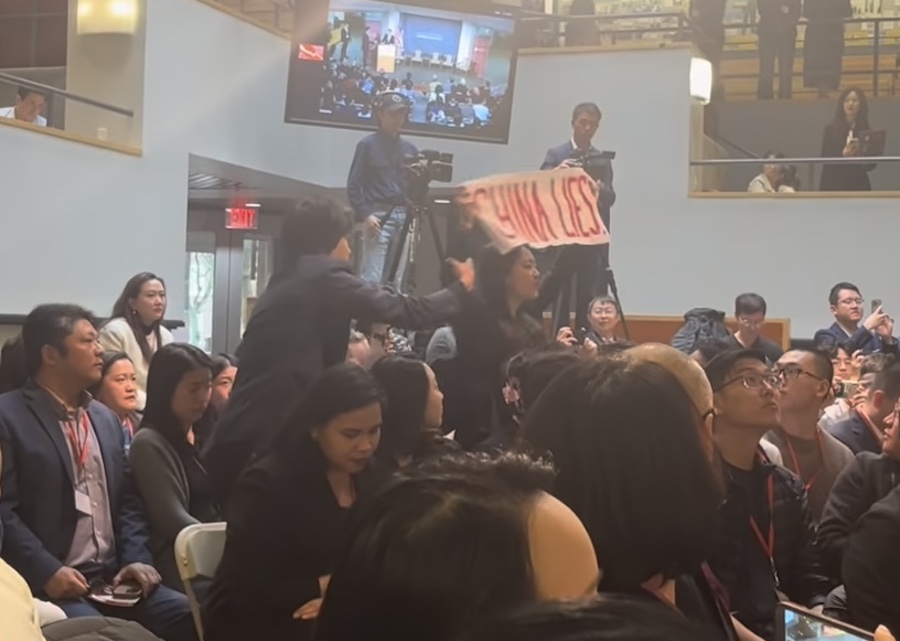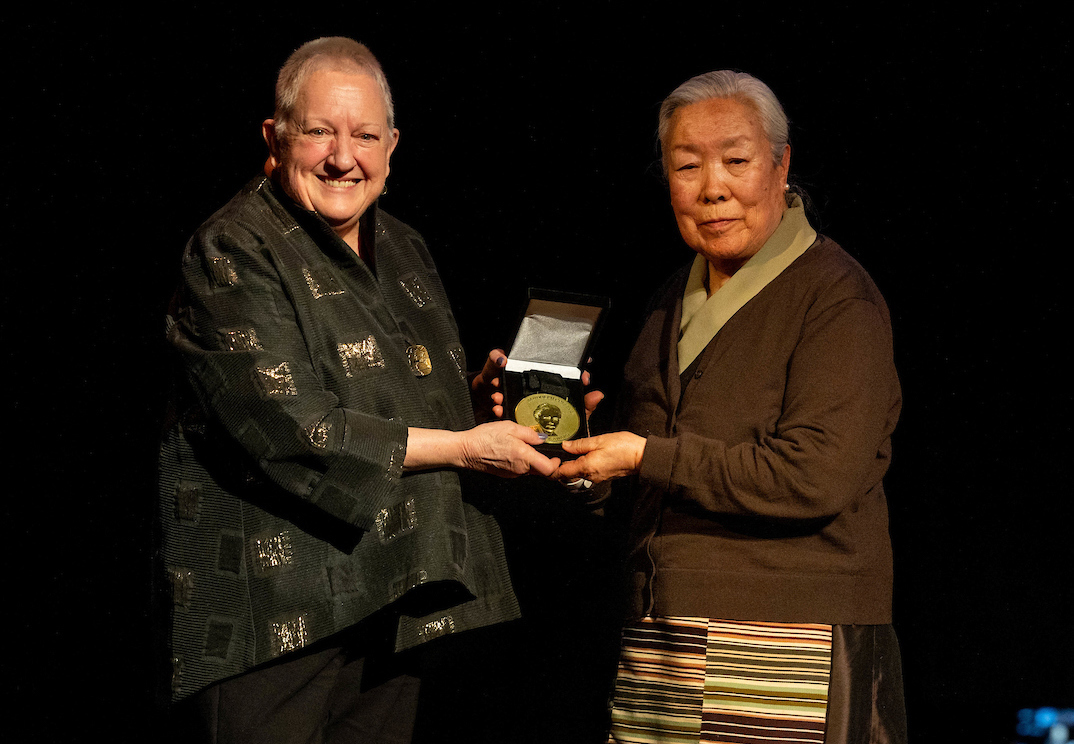The process is an ancient and painstaking one, and the work it produces is spectacularly beautiful.
But only for a moment.
Because after several days in the making, the elegant, brightly colored sand paintings created by the Buddhist monks of Drepung Loseling Monastery are no sooner completed than they are destroyed in a ritual meant to symbolize just how fleeting the things of this world are.
Then, the monks sweep up the millions of grains of colored sand that briefly have added up to a stunning work of art, giving a portion to the audience and pouring the rest into a nearby river or stream, where the waters will carry “healing energies” throughout the world.
By all accounts, it adds up to a mesmerizing event for audiences to witness, as Capital Region residents will have the chance to find out for themselves later this month when the monks bring their artistry (both visual and musical) to Troy, through a partnership between The Arts Center of the Capital Region and the Troy Savings Bank Music Hall.
The Mystical Arts of Tibet tour, sponsored by Richard Gere Productions and Drepung Loseling Institute, will visit the city from Wednesday, Jan. 29 through Saturday, Feb. 1, in a multi-faceted residency that includes both the creation of the mandala sand painting over the course of the four days and a Saturday-afternoon concert by the monks, whose performances have sold out such venues as Carnegie Hall and Lincoln Center.
The Drepung Loseling monks also have performed with a diverse spectrum of Western musicians that includes Philip Glass, Kitaro, Paul Simon, Sheryl Crow, Michael Stipe, Patti Smith, Natalie Merchant and the Beastie Boys.
In addition, two of their recordings reached the top ten on the New Age charts: Tibetan Sacred Temple Music and Sacred Music Sacred Dance for World Healing.
Similarly, they have constructed their sand paintings in more than 50 US museums, including the Field Museum of Natural History in Chicago, the Smithsonian’s Arthur M. Sackler Gallery in Washington DC, and the CNN Center in Atlanta, often attracting overflow crowds.
Many people are drawn by the lamas’ spiritual aims of peace and healing, many to the chance to gain new understanding about another culture and worldview.
For the monks, both the mandala (the word is Sanskrit, meaning cosmogram, and the concept has been explained by some as a sort of spiritual map pointing toward enlightenment) and the music are deeply spiritual pursuits, and the tour has three basic purposes.
At heart, the art forms are understood to contribute to world healing and peace, as when the Mystical Arts of Tibet monks took part in post-Sept. 11 programs in both New York and Washington.
Also, the tour is intended to generate a greater awareness of the endangered Tibetan civilization and to raise support for Tibetan refugees in India.
In Troy, the monks’ stay will begin with a 10 a.m. ceremony on Jan. 29 at The Arts Center, 265 River St., to consecrate the site of the mandala sand painting.
The ritual, based in music, chants and the recitation of mantras, takes about 30 minutes and will be free and open to the public, although reservations are strongly recommended for this and other key items during the sand painting. To confirm your attendance, call The Arts Center at 273-0552.
Following the opening ceremony, the monks will work from 10 a.m. to 6 p.m. each day creating the mandala, in a process the public is also invited to watch through the completion of the work on Feb. 1.
On that day, too, the program will move at 2 p.m. to the Troy Savings Bank Music Hall, where the monks will perform their ancient music and dance.
Reserved seats for Mystical Arts of Tibet are $25, $22 and $16 and may be purchased by call the Troy Savings Bank Music Hall Box Office at 273-0038.
After the concert, the monks will return to The Arts Center and their mandala for the 5 p.m. closing ceremony, the dismantling of the mandala and, in the end, the dispersion of the sand at the banks of the Hudson River.
Ken Salzmann is marketing and development director for The Arts Center of the Capital Region.









